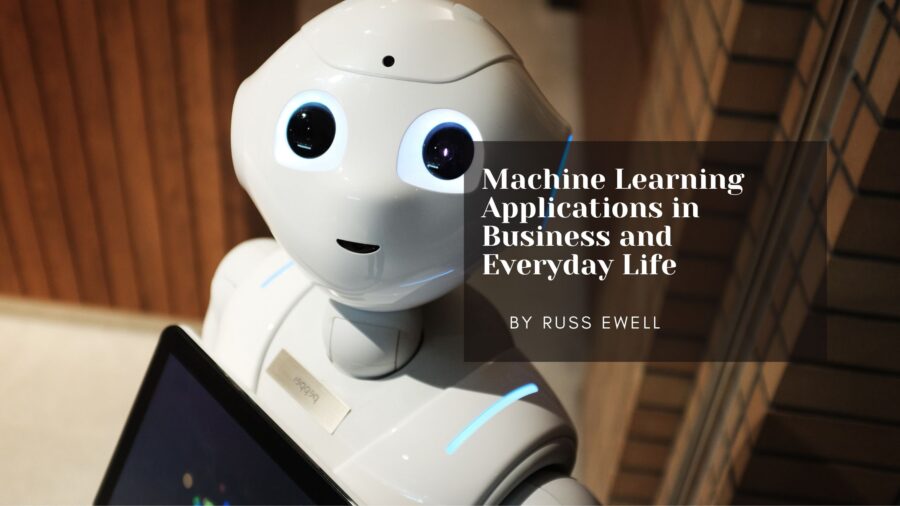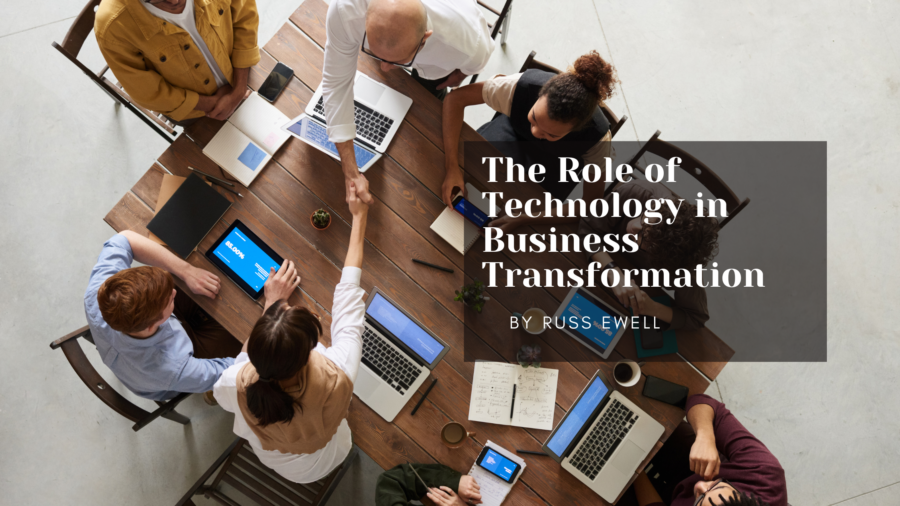Blockchain technology, once synonymous solely with cryptocurrency, has evolved into a powerful tool with applications across various industries. At its core, blockchain is a decentralized and immutable ledger that ensures transparency, security, and efficiency. While Bitcoin and Ethereum are its most famous implementations, blockchain’s potential extends far beyond digital currencies. Here are some of the transformative real-world applications reshaping industries today.
Supply Chain Management
In the supply chain sector, blockchain is revolutionizing transparency and traceability. Traditional supply chains often suffer from inefficiencies, fraud, and lack of visibility. Blockchain addresses these issues by providing a tamper-proof record of every transaction, from raw material sourcing to product delivery. For instance, companies like IBM and Walmart are leveraging blockchain to track food products—ensuring freshness, safety, and accountability. This technology enables stakeholders to identify the origin of goods in real-time, reducing waste and fostering consumer trust.
Healthcare
Blockchain is making waves in healthcare by improving data security and accessibility. Patient records, often scattered across different providers, can be consolidated into a single, secure blockchain ledger. This ensures that patients and authorized medical professionals have access to accurate and up-to-date information. Additionally, blockchain facilitates drug traceability, combating counterfeit medications in the pharmaceutical supply chain. Projects like MediLedger are already demonstrating the power of blockchain to enhance the integrity of healthcare systems.
Real Estate
The real estate industry is notorious for its paperwork and intermediaries. Blockchain simplifies property transactions by digitizing records and enabling smart contracts. Smart contracts are self-executing agreements with terms directly written into code, eliminating the need for third parties. This reduces costs, speeds up transactions, and minimizes fraud. Blockchain also enhances transparency in property ownership, making it easier to verify titles and prevent disputes.
Voting Systems
Blockchain has the potential to revolutionize voting by ensuring secure, transparent, and tamper-proof elections. Traditional voting systems are susceptible to fraud, errors, and lack of trust. Blockchain-based voting platforms address these challenges by creating an immutable record of each vote. Voters can verify that their ballots were counted without compromising anonymity. Countries like Estonia have begun exploring blockchain solutions for e-voting, paving the way for more trustworthy electoral processes.
Energy Trading
In the energy sector, blockchain enables peer-to-peer energy trading. Homeowners with solar panels can sell excess energy directly to neighbors using blockchain-based platforms. This decentralization reduces reliance on traditional utility companies and promotes the use of renewable energy. Companies like Power Ledger are pioneering blockchain-powered energy marketplaces, making clean energy more accessible and affordable.
Intellectual Property and Royalties
Creative industries often struggle with copyright infringement and fair royalty distribution. Blockchain offers a solution by creating a transparent ledger for intellectual property rights. Artists, writers, and musicians can register their work on the blockchain, ensuring proof of ownership and automated royalty payments through smart contracts. Platforms like Audius and Ujo Music are empowering creators by leveraging blockchain to protect their rights and streamline payments.
Conclusion
Blockchain’s versatility is unlocking new opportunities across industries, addressing inefficiencies, and fostering trust in systems prone to errors and fraud. From supply chains and healthcare to real estate and energy, the technology’s decentralized nature is proving to be a game-changer. As blockchain continues to mature, its adoption will likely expand, further transforming how industries operate and interact. Businesses and individuals alike should pay close attention to this technology’s evolution, as its impact is just beginning to unfold.










